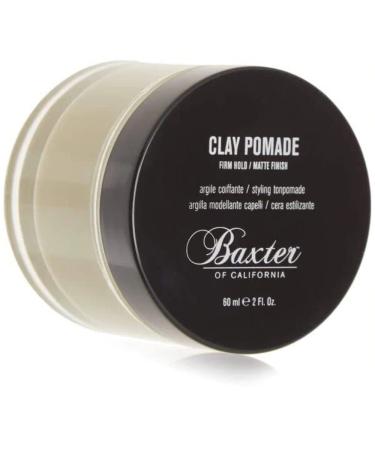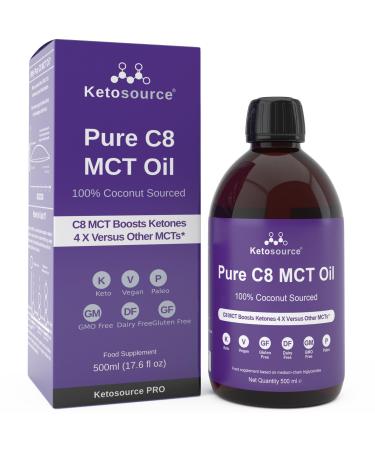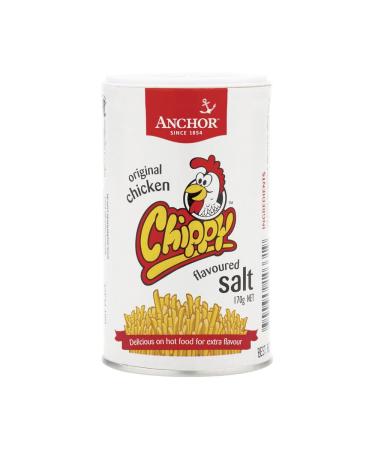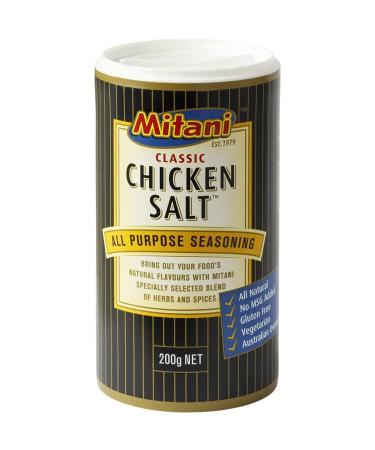Found in humid forests along rivers in arid savannah areas, this pepper is of African origin. Also called Guinea Pepper, Selim Pepper, or Long Long Pepper in Ivory Coast, African Pepper in English, or Ethiopian Pepper (Xylopia aethiopica), it is a plant of the Annonaceae family. It has a multitude of local names throughout the African continent. Its fruits – dark brown in color and cylindrical in shape – resemble bean pods but on a small scale. 2.5 to 5 cm long, each can contain 5 to 8 kidney-shaped seeds. The pods are aromatic but not the seeds. Thus, the whole gives an aromatic, slightly bitter and slightly spicy taste, acrid seems to be a mixture of cubeb and nutmeg. The essential oil, present at 2 to 4.5 in each fruit, is mainly composed of beta pinene, linalool (E), 3-ethylphenol and other terpenes, as well as traces of vanilla.Its flavor is powerful but if you like it, then its use extends to all dishes, from starters to desserts. In Africa, we use it as we would use black pepper. ? How to use Selim pepper in cooking? It is a spice that combines a very stringy pod and seeds that are inseparable: we use the entire spice. Due to its very fibrous consistency, it is usually just crushed in a mortar but you can reduce it to powder with a coffee grinder, a nutmeg grinder or a very good pepper grinder. In this case, grind the whole spice. You don't know Selim pepper but your ancestors did! Indeed, it was very widespread and appreciated in Europe until the invasion of black pepper from India. The last time we could see it in our French kitchens was just after the Second World War, and finally disappeared again at the end of the 1960s. What are Selim berries? It is a false pepper that is actually black berries contained in a long, thin, blackish, bumpy pod 3 to 5 cm long that looks like a bean (see photo). Each pod contains 5 to 8 seeds and is very aromatic. A very aromatic false pepper from West Africa, it is, among other things, the basic ingredient of Touba coffee and African cuisine. ? African pepper also called Selim pepper or Guinea pepper or selim berry or kanifi. Situé dans les forêts humides, le long des rivières dans les zones arides de savane, ce poivre est d'origine africaine. Encore appelé le Poivre de Guinée, de Sélim, ou Poivre long long en Côte d'Ivoire, African pepper en anglais, ou Poivre d'Éthiopie (Xylopia aethiopica), c'est une plante de la famille des Annonaceae. Il a une multitude de noms locaux dans l'ensemble du continent africain. Ses fruits – de couleur marron foncé et de forme cylindrique – ressemblent à de cosses de haricot mais petite échelle. D'une longueur de 2,5 à 5 cm, chacune peut contenir 5 à 8 graines en forme de reins. Les cosses sont aromatiques mais pas les graines. Ainsi l'ensemble donne un goût aromatique, légèrement amer et un peu piquant, âcre semble être un mélange de cubèbe et de muscade. L'huile essentielle présente de 2 à 4,5 dans chaque fruit, est principalement constituée de bêta pinène, de linalool (E), de 3-éthylphénol et autres terpènes, ainsi que de traces de vanille.Sa saveur est puissante mais si vous l'appréciez, alors son usage s'étend à tous les plats, de l'entrée au dessert. En Afrique on l'emploie comme nous nous pouvons utiliser le poivre noir. ? Comment utiliser le poivre de Selim en cuisine ? C'est une épice qui regroupe une gousse très filandreuse et des graines qui sont indissociables : on utilise la totalité de l'épice. De par sa consistance très fibreuse, il est habituellement juste écrasé au mortier mais vous pouvez le réduire en poudre avec un moulin à café, un moulin à muscade ou alors un très bon moulin à poivre. Dans ce cas, moulez l'épice entière. Vous ne connaissez pas le poivre de Selim mais vos ancêtres le connaissaient ! En effet, il était très répandu et apprécié en Europe jusqu'à l'invasion du poivre noir provenant d'Inde La dernière fois qu'on a pu le croiser dans nos cuisines françaises c'était juste après la Seconde Guerre Mondiale pour finalement disparaitre à nouveau à la fin des années 60. Les baies de Selim, qu'est-ce que c'est ? C'est un faux poivre qui est en fait des baies noires contenues dans une longue et fine gousse noirâtre et bosselée de 3 à 5 cm de long qui ressemble à un haricot (voir photo). Chaque cosse contient 5 à 8 graines et, est très aromatique. Faux poivre très aromatique d'Afrique de l'ouest, c'est entre autres, l'ingrédient de base du café Touba et des cuisines africaines. ? Poivre Africain appelé aussi Poivre de Selim ou Poivre de Guinée ou baie de selim ou kanifi.













